Service Troubleshooting Application - Turns 4-Hour Equipment Failures Into 15-Minute Self-Service Fixes
Save ₹2-5 Lakhs annually in reduced downtime. Join 200+ Indian manufacturers who resolved 85% of issues without waiting for R&D teams.
The Hidden Cost of Equipment Downtime
Real Scenario: Your ₹2 crore production line stops due to a sensor error. Service engineer identifies the issue but needs R&D approval for recalibration. R&D team is in meetings. Production waits 4 hours. Cost: ₹1,00,000 for a 15-minute fix.
Project Overview
A web-based troubleshooting app that helps service engineers and operators quickly diagnose and resolve issues without relying on HO/R&D teams for every small problem.
Current Challenges
₹2-5 Lakh Annual Loss Per Machine
Every equipment breakdown costs ₹25,000-50,000 per hour in lost production. With 15-20 incidents annually, costs spiral to lakhs.
4-6 Hour Average Resolution Time
Service engineers wait for R&D approval even for simple sensor calibration or parameter adjustments, extending costly downtime.
60% of R&D Time Wasted on Routine Issues
₹10,000/day R&D engineers spend majority of time on repetitive troubleshooting instead of innovation and development work.
₹2-5 Lakh Annual Loss Per Machine
Every equipment breakdown costs ₹25,000-50,000 per hour in lost production. With 15-20 incidents annually, costs spiral to lakhs.
4-6 Hour Average Resolution Time
Service engineers wait for R&D approval even for simple sensor calibration or parameter adjustments, extending costly downtime.
₹2-5 Lakh Annual Loss Per Machine
Every equipment breakdown costs ₹25,000-50,000 per hour in lost production. With 15-20 incidents annually, costs spiral to lakhs.
4-6 Hour Average Resolution Time
Service engineers wait for R&D approval even for simple sensor calibration or parameter adjustments, extending costly downtime.
60% of R&D Time Wasted on Routine Issues
₹10,000/day R&D engineers spend majority of time on repetitive troubleshooting instead of innovation and development work.
Transform Downtime Into Uptime
Self-service troubleshooting that pays for itself within 3 months
ROI Breakdown for Typical Indian Manufacturer
Before vs After Implementation
BEFORE - Traditional Process
AFTER - Self-Service Process
Key Features
User Login System
Secure authentication system for different user roles and access levels.
Machine Model & Function-based Troubleshooting
Intelligent system that guides users through troubleshooting based on specific machine models and functions.
Real-time Component Images
Visual aids with high-quality component images to assist in identification and troubleshooting.
Request Submission with Observations
Easy-to-use form system for submitting unresolved issues with detailed observations.
Google Translate Integration
Multi-language support for global accessibility and ease of use.
Progress Tracking
Track troubleshooting progress and maintain history of resolved issues.
User Login System
Secure authentication system for different user roles and access levels.
Machine Model & Function-based Troubleshooting
Intelligent system that guides users through troubleshooting based on specific machine models and functions.
Real-time Component Images
Visual aids with high-quality component images to assist in identification and troubleshooting.
Request Submission with Observations
Easy-to-use form system for submitting unresolved issues with detailed observations.
User Login System
Secure authentication system for different user roles and access levels.
Machine Model & Function-based Troubleshooting
Intelligent system that guides users through troubleshooting based on specific machine models and functions.
Real-time Component Images
Visual aids with high-quality component images to assist in identification and troubleshooting.
Request Submission with Observations
Easy-to-use form system for submitting unresolved issues with detailed observations.
Google Translate Integration
Multi-language support for global accessibility and ease of use.
Progress Tracking
Track troubleshooting progress and maintain history of resolved issues.
How It Was Built
Google Sheets → Database
Used Google Sheets as a lightweight database for storing troubleshooting checkpoints and data.
Google Apps Script → API
Created API endpoints using Google Apps Script to fetch data from the sheets database.
HTML, CSS, JavaScript → Web Application
Built the frontend using modern web technologies for optimal user experience.
ChatGPT + Domain Knowledge
Leveraged AI assistance combined with in-house domain expertise for development guidance.
Application Walkthrough
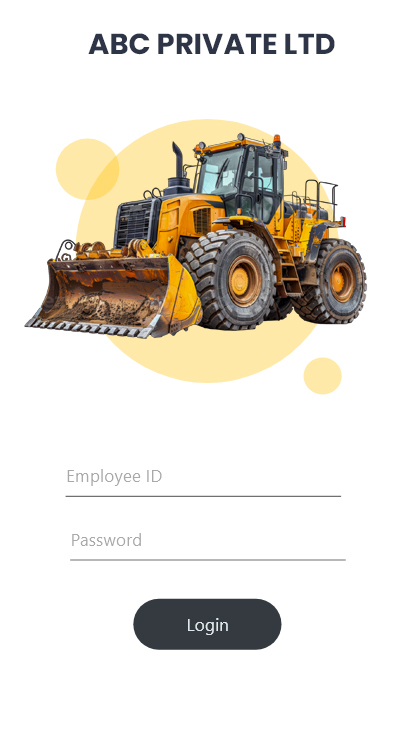
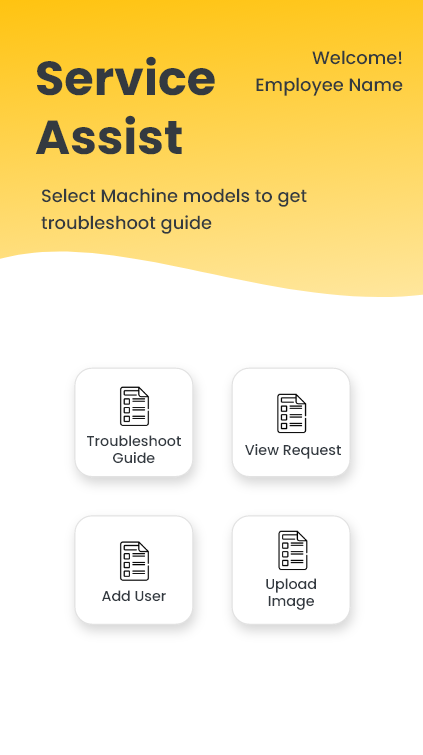

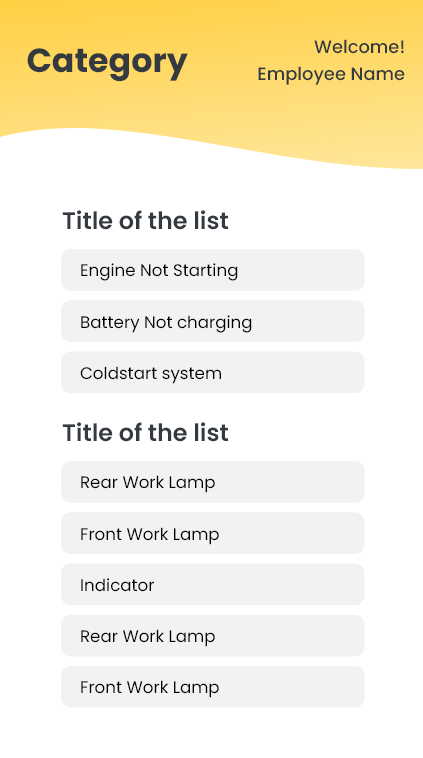
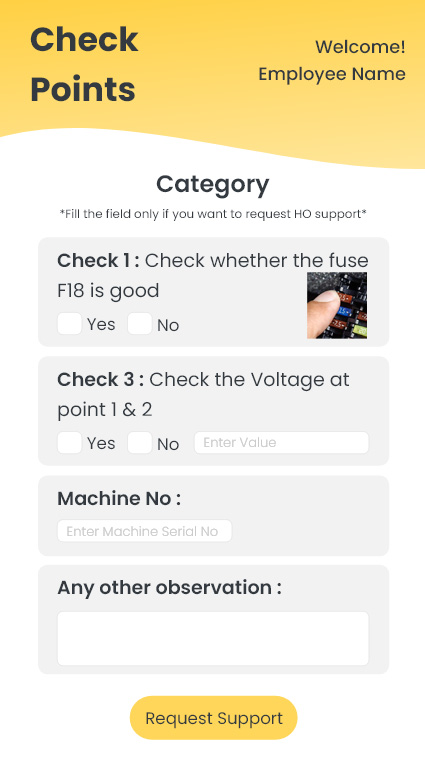
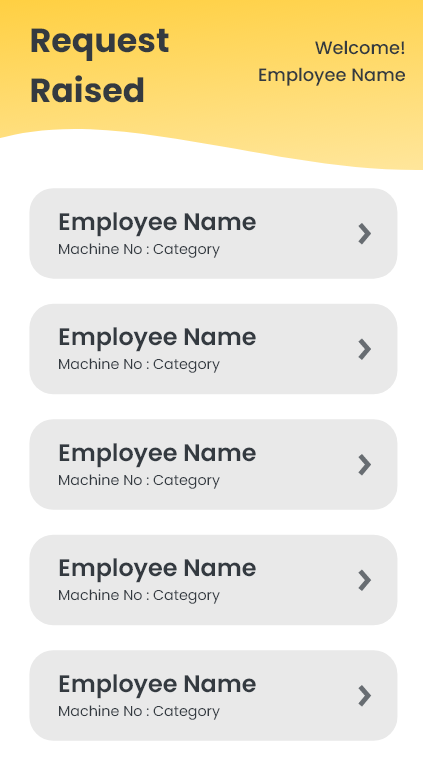

Advantages & Limitations
Advantages
Efficiency Improvement
Significantly reduces time spent on routine troubleshooting tasks.
Multi-language Accessibility
Google Translate integration enables global accessibility.
Scalable for Multiple Machines
Easily expandable to cover different machine models and types.
Guidance for Unresolved Issues
Structured approach to escalate complex issues to experts.
Limitations
Requires Internet
Application needs internet connectivity to function properly.
Limited API Requests on Free Tier
Google Sheets API has usage limits on the free tier.
Data Access Rights Management
Requires proper user access control and data security measures.
Device Compatibility
Optimized for desktop/laptop use, mobile experience may vary.
Customer Feedback & Ratings
"More helpful than expected, real-time usage will finalize ratings."
— Service Team Lead
